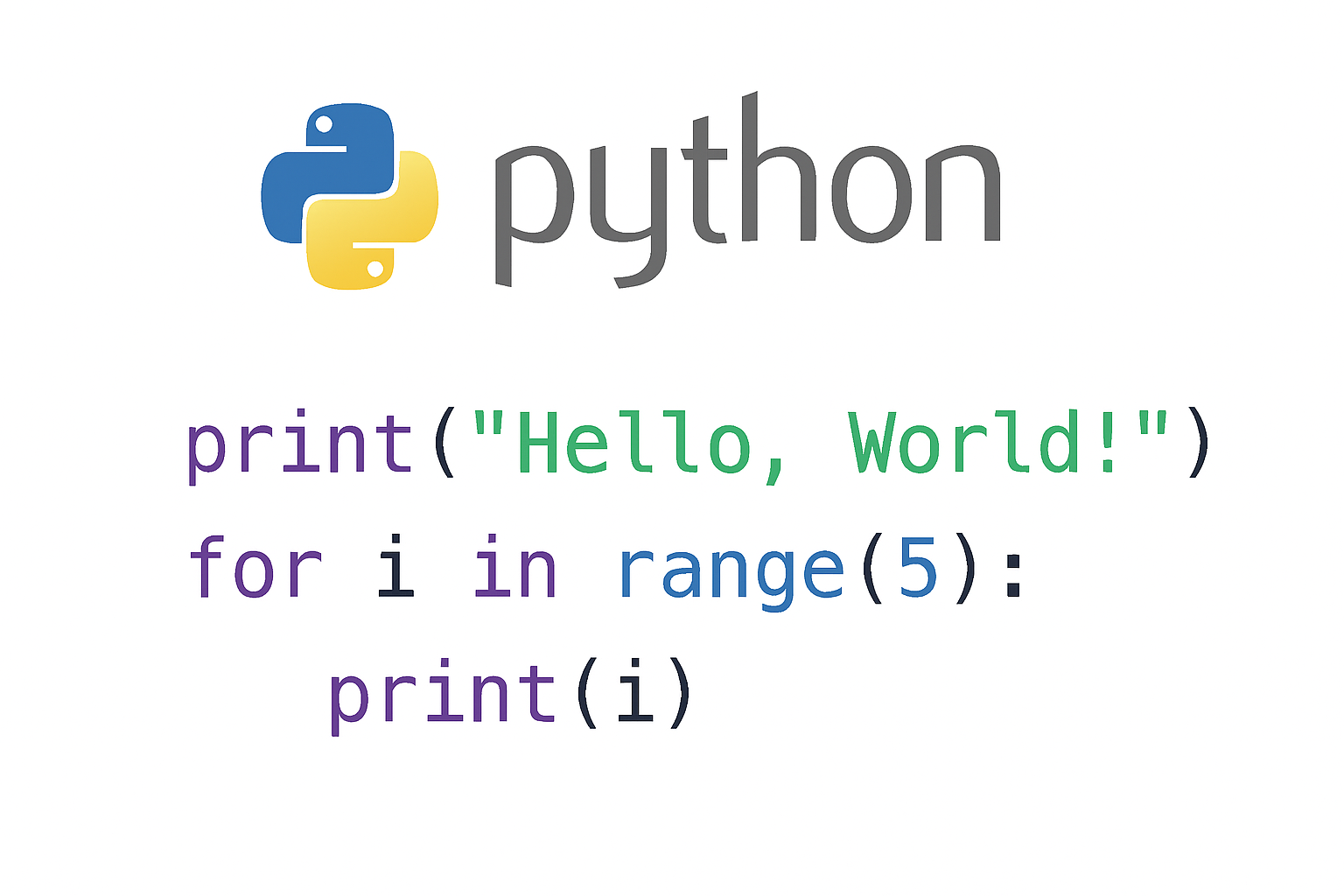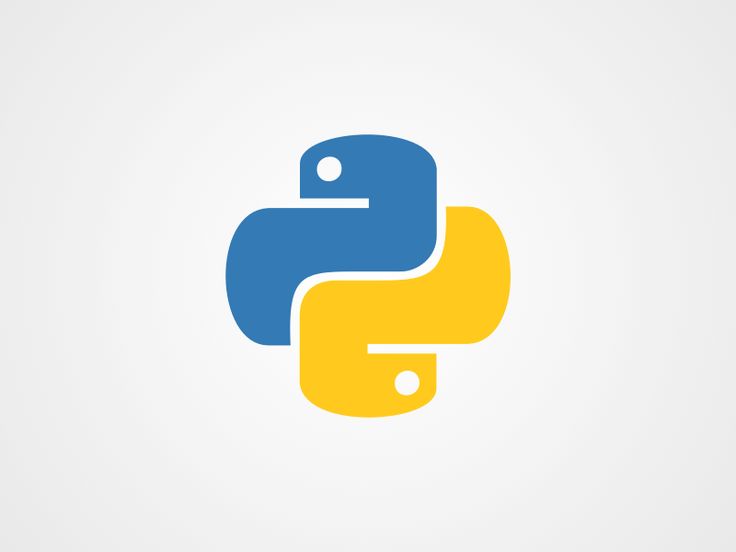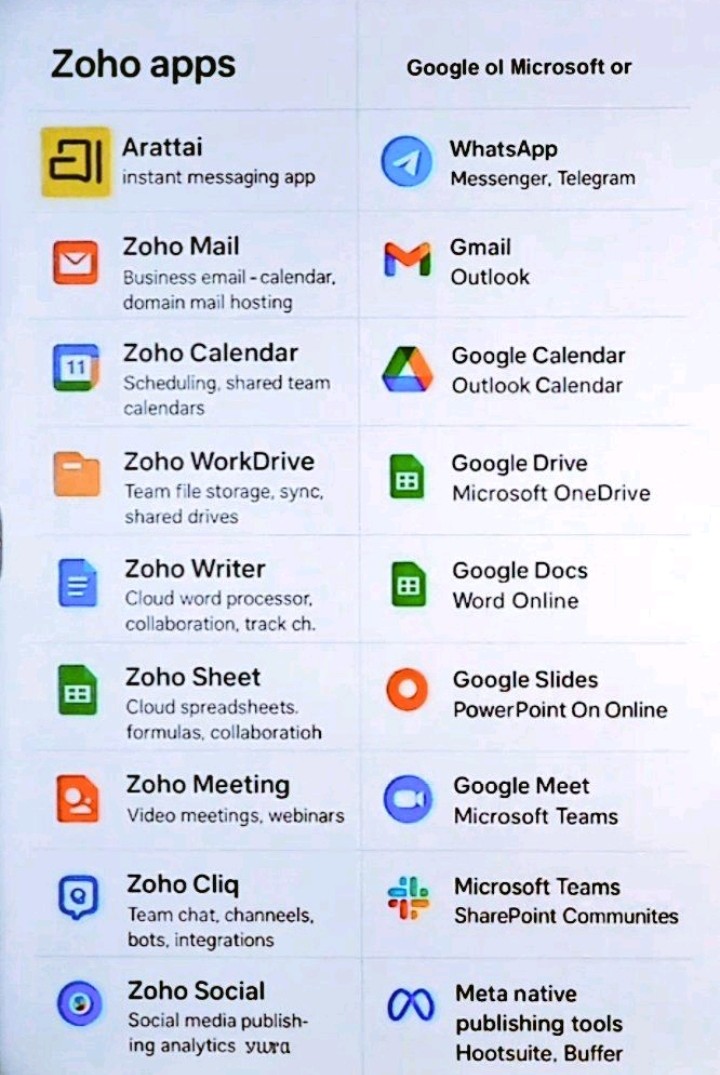-
Latest Update: New tutorials and tech news coming soon! Stay tuned at TechRouteBP.

Python is a high-level, interpreted, and general-purpose programming language created by Guido van Rossum in 1991. It is known for its simple syntax that is easy to learn and similar to everyday English, making it beginner-friendly while also powerful for advanced applications. Python supports multiple programming paradigms such as object-oriented, functional, and procedural programming. It comes with a vast collection of libraries and frameworks, which makes it popular in areas like web development, data science, artificial intelligence, machine learning, automation, and game development. Being portable, open-source, and versatile, Python has become one of the most widely used programming languages in the world, valued for its readability, productivity, and community support.
key features of the Python programming language:
1. Simple and Easy to Learn – Python has a clean, readable syntax similar to English, making it beginner-friendly.
2. Interpreted Language – Code is executed line by line, so there’s no need for compilation.
3. High-Level Language – Programmers don’t need to worry about low level details like memory management.
4. Portable and Cross-Platform – Python code can run on different operating systems (Windows, macOS, Linux) without modification.
5. Object-Oriented – Supports concepts like classes, inheritance, and polymorphism for reusable code.
6. Extensive Standard Library – Comes with a rich set of built-in modules and functions for tasks like file handling, math, and networking.
7. Dynamic Typing – No need to declare variable types explicitly; Python assigns types automatically at runtime.
8. Large Community Support – A huge community provides libraries, frameworks, and resources for problem-solving.
9. Supports Multiple Paradigms – Allows procedural, object-oriented, and functional programming styles.


